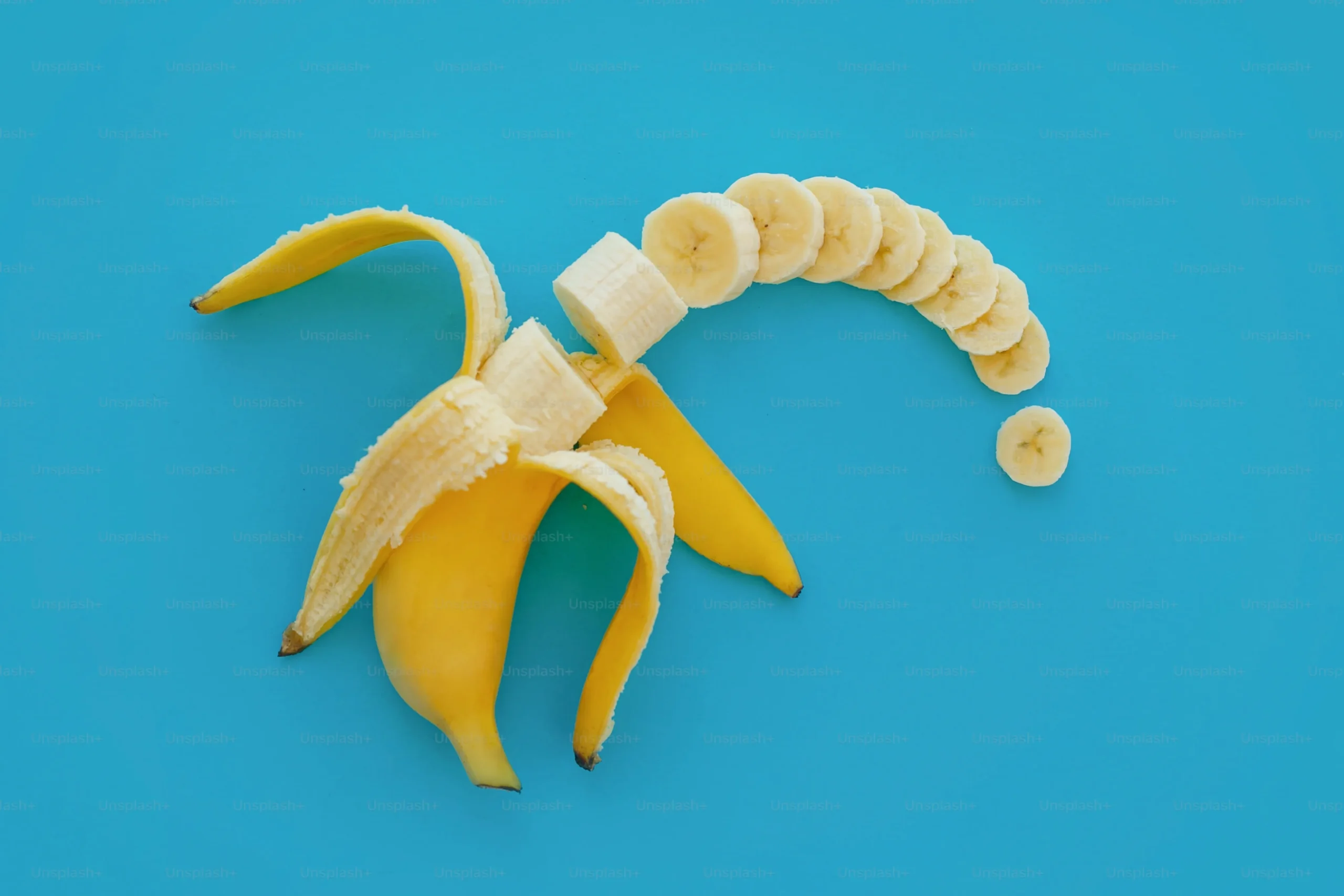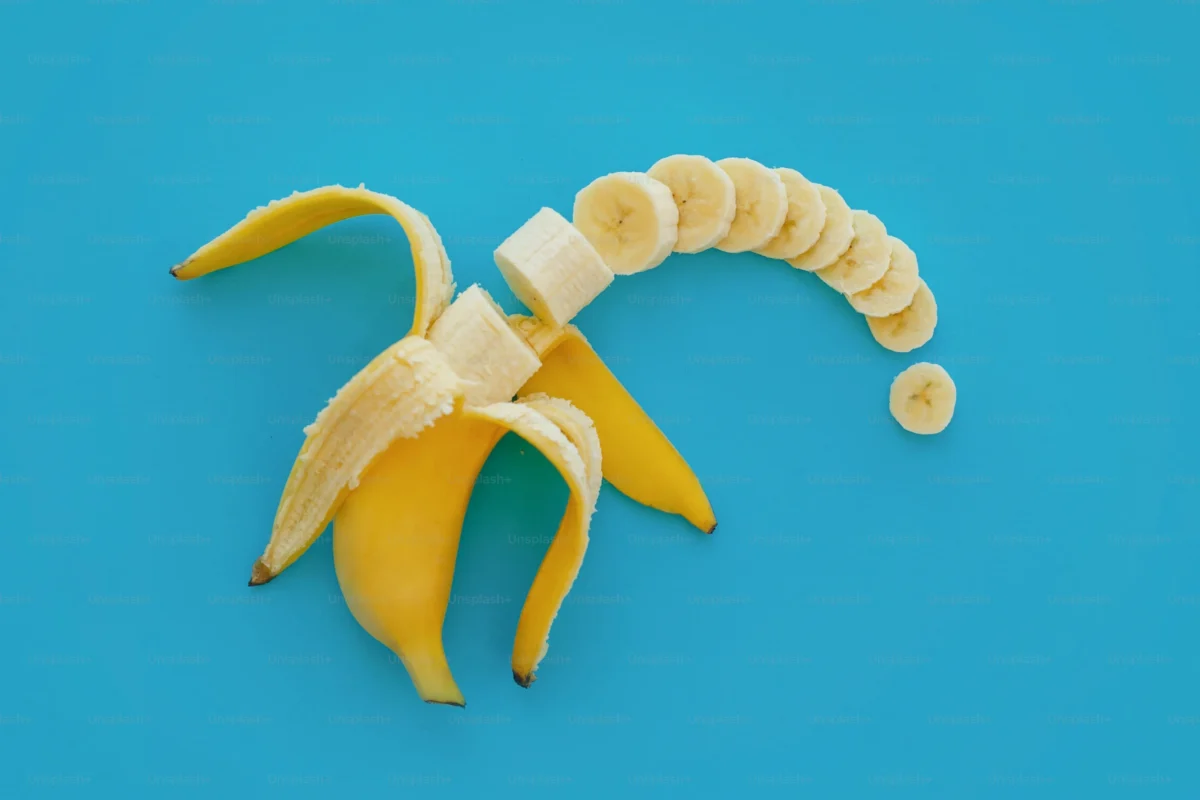Why Do Bananas Have No Seeds? A Fascinating Look into the History and Science Behind Seedless Bananas
Bananas are one of the most popular fruits in the world, and it’s no wonder why. They are versatile, delicious, and packed with nutrients. But have you ever wondered why bananas have no seeds? In this article, we will explore the fascinating history and genetic makeup of bananas and delve into the reasons why they are seedless. We will also highlight the many benefits of seedless bananas and explain why they are such a popular choice among fruit lovers. So if you’re looking to learn more about this curious phenomenon, keep reading!
What is a banana?
Bananas are a fascinating fruit that have captured the attention of humans for centuries. Originating in Southeast Asia, bananas have spread across the globe and are now grown in many countries around the world.
But what exactly are bananas? At their core, bananas are a type of berry that grow on herbaceous plants. They come in a variety of colors, from green to yellow to brown, and can be eaten raw or cooked in a variety of dishes.

One interesting fact about bananas is that they contain high levels of potassium. This mineral is important for maintaining healthy blood pressure and heart function. Bananas also contain other nutrients like vitamin C, fiber, and antioxidants.
While most people think of bananas as just a tasty snack or ingredient in smoothies and desserts, they have also been used for medicinal purposes throughout history. In traditional medicine practices around the world, banana leaves have been used to treat wounds and skin conditions.
So whether you’re looking to add more nutrients to your diet or simply enjoy the sweet taste of this versatile fruit, there’s no denying that bananas offer something for everyone.
The history of bananas and their genetic make-up.
Bananas may seem like a simple fruit, but their genetic makeup and complex history tell a much more fascinating story. Bananas are believed to have originated in Southeast Asia over 7,000 years ago and were eventually brought to Africa by Arab traders. From there, they made their way to the Americas through European exploration and colonization.
Today, bananas are one of the most widely consumed fruits in the world with over 100 billion bananas eaten annually. However, this popularity has also led to concerns about genetic diversity and susceptibility to disease. Most commercial banana crops are grown from a single variety known as the Cavendish banana, which is genetically identical and thus vulnerable to being wiped out by disease.
Researchers are now working on developing new varieties of bananas using techniques such as genome editing and cross-breeding with wild varieties. This could lead to bananas that are more resistant to pests and diseases while also preserving genetic diversity.
Understanding the history and genetic makeup of bananas is not only important for preserving this beloved fruit but also for ensuring global food security. By continuing research into banana genetics, we can ensure that future generations will continue enjoying this delicious and nutritious fruit for years to come.
Why do bananas have no seeds?
Bananas may be one of the most beloved fruits in the world, but have you ever wondered why they have no seeds? The answer lies in their unique reproductive system.
Unlike other fruit trees that rely on pollination from bees or other insects to produce seeds, bananas are sterile hybrids. They are produced by crossbreeding two different species of wild banana plants, which results in a seedless fruit that is unable to reproduce naturally.
However, this doesn’t mean that bananas don’t have any way of reproducing. Commercially grown bananas are propagated through cloning – small cuttings from the parent plant are taken and planted to create new trees. This method ensures that each new tree will produce identical fruit with the same desirable traits as its parent.

While some may argue that seedless bananas lack genetic diversity and could be vulnerable to disease outbreaks, scientists continue to study and develop new hybrid varieties with improved resistance and flavor profiles.
In conclusion, while it may seem strange at first glance, the fact that bananas have no seeds is just another fascinating aspect of this delicious and versatile fruit.
The benefits of seedless bananas.
Seedless bananas are a relatively new innovation in the world of fruit, but they offer numerous benefits that make them an attractive choice for consumers. Unlike traditional bananas, which contain large seeds that can be difficult to remove and often get stuck in your teeth, seedless bananas have no seeds at all. This makes them much easier to eat and enjoy.
In addition to their convenience factor, seedless bananas also offer health benefits. They are rich in vitamins and minerals such as potassium and vitamin C, which can help support healthy immune function and promote overall wellness. They are also low in calories and high in fiber, making them a great snack choice for people who are watching their weight.
Another benefit of seedless bananas is that they have a longer shelf life than traditional bananas. Because they do not contain seeds, they tend to stay fresher for longer periods of time. This means that you can enjoy your banana snacks without having to worry about them going bad too quickly.
Finally, seedless bananas are also more environmentally friendly than traditional bananas. Because they do not contain seeds, there is less waste generated during the production process. This means that fewer resources are used overall and the environmental impact is reduced.

« why is my banana black in the middle
how to prevent a banana from turning brown »
Overall, there are many reasons why you should consider adding seedless bananas to your diet. Whether you’re looking for convenience or health benefits or just want to do your part for the environment, these innovative fruits offer something for everyone!
Check out our other articles to find out even more about banana.
We’ve covered a lot about the curious case of why banana have no seeds – from understanding their evolution and genetics to the benefits associated with not having any. Despite this, many questions still remain around bananas and there are certainly more stories behind them than meet the eyes. If you’re eager to learn even more about these amazing fruits, then be sure to check out our other articles for some great insights into our favorite yellow snack!














